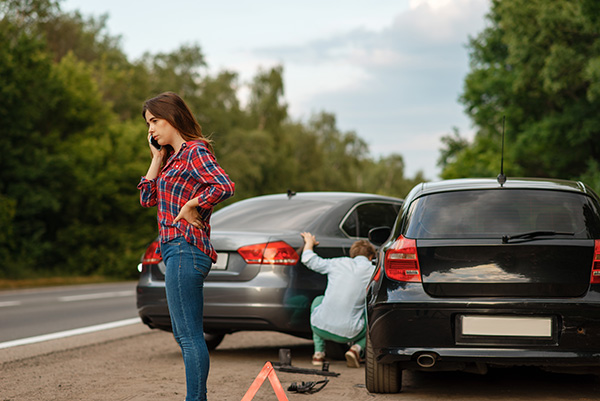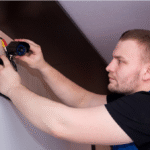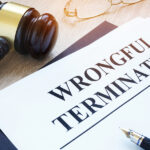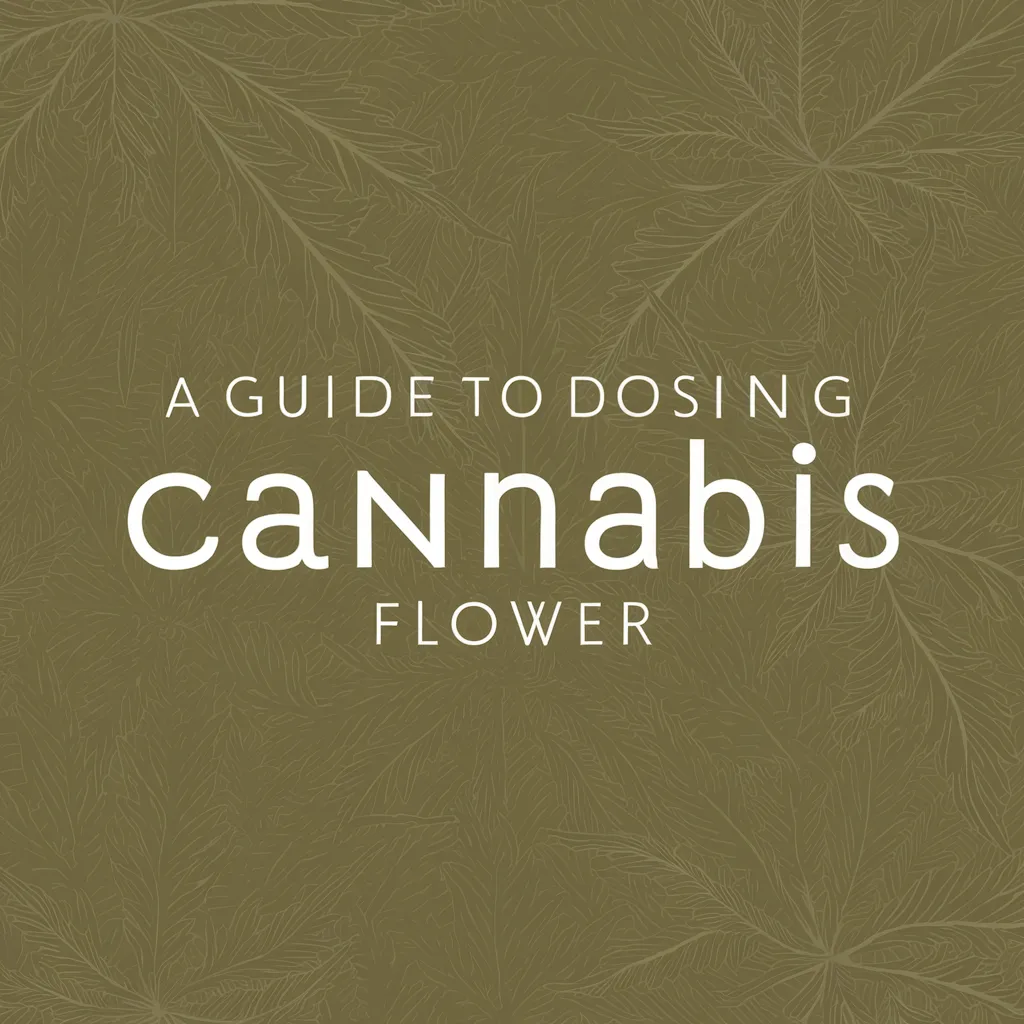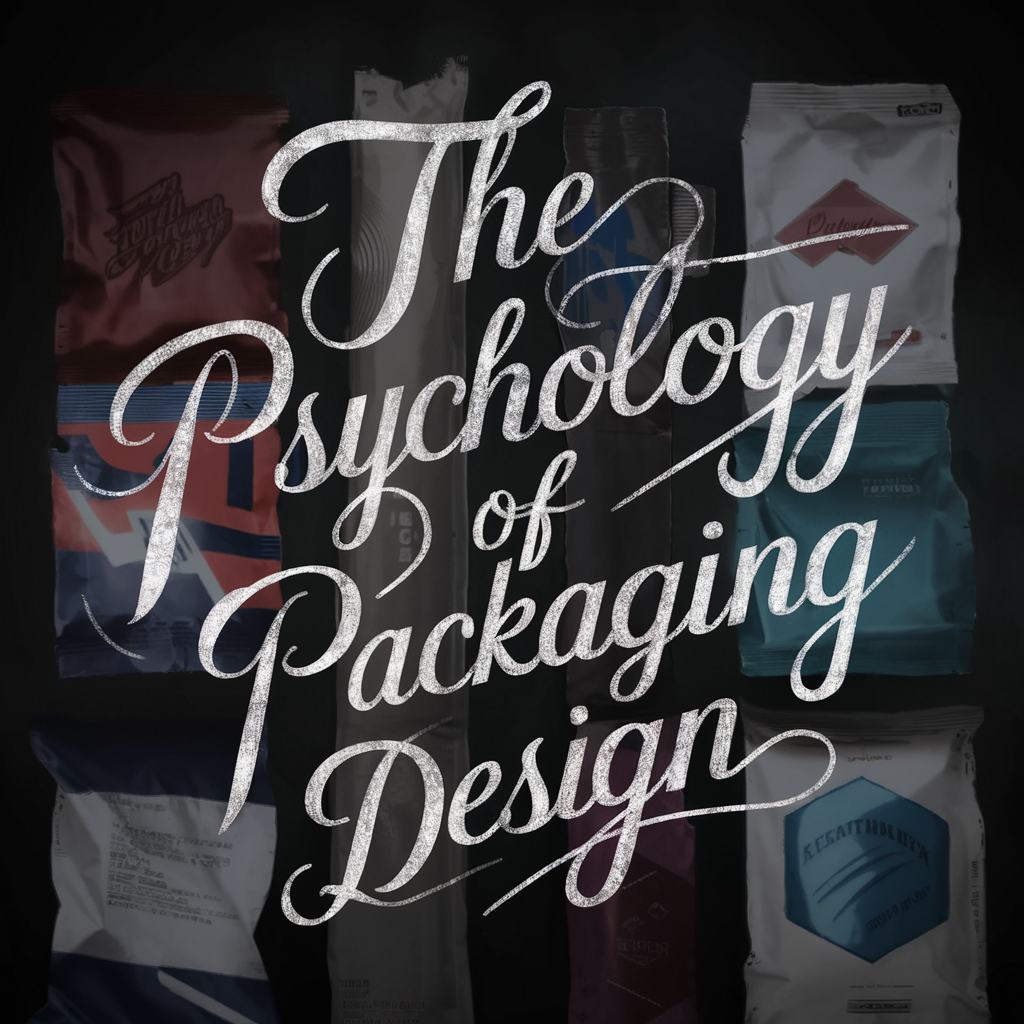Witnesses turn a chaotic moment into a coherent narrative. In accident cases, bodies of evidence like photos and medical records matter a great deal, yet human testimony often supplies the context those documents lack.
A credible witness can describe what happened in the seconds before impact, confirm vehicle positions, call out hazardous conditions, and attest to the driver behavior that led to the collision.
That combination of detail and perspective frequently determines how insurers assign responsibility and how juries or judges view contested facts.
This article explains why witnesses matter, the different kinds of witnesses that matter most, how to secure reliable statements at the scene, and how witness testimony is used strategically in investigations, negotiations, and courtroom proceedings.
Why Witness Testimony Matters?
Physical evidence can show that a car was damaged and where a skid mark ended, but it rarely explains motive, attention, or intent. Witness testimony fills that gap. A witness can say whether a driver ran a red light, was texting, or made an unsafe lane change.
They can corroborate a victim’s account when memory fades or when parties offer conflicting versions of events. Insurance adjusters rely on independent witnesses to reduce uncertainty. Prosecutors and plaintiff attorneys use eyewitness accounts to build timelines and substantiate causal links between conduct and injury.
Thomas Gallivan, Thomas Gallivan Accident Lawyer at Law Office of Thomas Gallivan , says, “At trial, a credible eyewitness who can recall observable facts is often more persuasive than expert testimony that relies on reconstruction assumptions. For these reasons, witnesses provide the human element that transforms fragments of data into a usable story.”
Types of Useful Witnesses
Different kinds of witnesses bring different kinds of value. Lay eyewitnesses are people who saw the crash unfold. Their testimony focuses on what they physically saw and heard: the sequence of events, traffic signals, brake lights, and the behavior of motorists immediately before impact.
Passenger witnesses present an insider’s view; they may have the clearest vantage but also the potential for perceived bias. Expert witnesses interpret technical data.
Alex Begum, San Antonio Injury Lawyer at Texas Law Guns, Injury & Accident Lawyers, says, “Accident reconstructionists, for example, can translate skid marks, vehicle crush patterns, and black box data into a timeline of impact forces and speeds. Medical experts link those forces to injuries and long-term prognosis.”
Finally, corroborating witnesses such as nearby business owners, security camera operators, or municipal traffic technicians provide documentary evidence like surveillance footage, maintenance logs, or signal timing, which tie testimony to factual records.
Each witness type plays a complementary role, and a strong case typically combines eyewitness accounts with expert interpretation and documentary corroboration.
Securing Witnesses at the Scene
The window to secure reliable witness testimony is small. Memories degrade quickly, and people move on. Approach potential witnesses politely and ask for their contact information. A brief, neutral prompt—“Would you be willing to tell what you saw and share your phone number?”—is effective. If someone consents, jot their name, phone number, and best contact time.
Scott Odierno, Partner of The Odierno Law Firm Accident and Injury Lawyers, says, “Avoid pressuring people into giving long statements at the scene; a short note is adequate until a recorded interview can be arranged. If a business nearby has a surveillance camera, ask for the manager’s name and request that footage be preserved.”
Write down physical details about each witness: where they were standing, how far away they were, and any conditions that might have affected what they saw. These details help later when assessing witness reliability.
How to Document Witness Accounts Properly
A witness statement is strongest when it’s captured promptly and preserved accurately. If a witness agrees to speak, record the conversation with their permission on a phone or tape recorder.
Begin with simple background questions: name, address, how long they’ve lived or worked in the area, and where they were positioned during the crash. Then request an unprompted narrative before asking specific questions. Avoid leading prompts that suggest answers.
After the recorded interview, create a written summary and note the date and time of the recording. Preserve any digital files in multiple locations and label them clearly. When possible, obtain signed, handwritten statements for critical witnesses; courts and insurers treat signed documents with greater weight. If a witness is reluctant to sign, an attorney can later issue a subpoena or take a deposition to secure sworn testimony.
Evaluating Witness Credibility
Not all witnesses carry equal weight. Credibility hinges on consistency, perspective, potential bias, and capacity to perceive details. A witness who was stopped in heavy traffic with an unobstructed view is far more reliable than someone watching from a moving vehicle several lanes away.
Prior statements that are consistent over time enhance credibility. Conversely, a shifting narrative or significant contradictions between a witness’s account and objective facts will undermine believability. Bias matters: family members or friends of a party are likely to be perceived as less impartial.
Courts and insurers also consider whether the witness has a motive to exaggerate, whether their eyesight or hearing was impaired, and whether alcohol or drugs were involved. Attorneys vet witnesses carefully and prepare them to deliver clear, consistent accounts that survive cross-examination.
Corroborating Testimony with Physical and Digital Evidence
A witness’s recollection becomes compelling when paired with objective evidence. Dashcam video, traffic camera footage, vehicle event data recorders, and GPS logs can confirm or refute specifics like vehicle speed, braking patterns, and lane position.
Photographs taken immediately after the crash validate descriptions of damage and scene conditions. Medical records corroborate claimed injuries and link them temporally to the accident.
When multiple independent witnesses report the same sequence of events and digital evidence aligns with those reports, insurance adjusters and juries are far less likely to accept alternative narratives. Strategic synchronization of testimonial and documentary evidence creates an airtight chronology that leaves little room for doubt.
Preparing Witnesses for Depositions and Trial
Witnesses often need guidance to testify effectively. Preparation does not mean scripting testimony; it means familiarizing witnesses with the legal process, explaining how questions will be framed, and reinforcing the importance of truthfulness.
Attorneys conduct mock depositions to practice concise, clear answers and to reduce the likelihood of evasiveness or embellishment. Witnesses learn to correct the record if they are uncertain rather than guess.
They also receive instruction on handling aggressive cross-examination tactics, such as repeated interruptions or suggestive questioning. Properly prepared witnesses are less likely to become flustered, and their composed testimony appears more reliable to decision makers.
Dealing with Reluctant or Anonymous Witnesses
Some witnesses fear involvement. They worry about retaliation, time commitments, or being dragged into litigation. Addressing reluctance requires empathy and professional assurances.
Explain legal protections like confidentiality during investigations, the subpoena power that compels testimony, and, where appropriate, witness protection mechanisms. If a witness prefers anonymity, counsel can often secure statements without public disclosure, or take measures to limit public access during litigation. In cases where witnesses refuse to participate, attorneys can search for alternative corroboration such as surveillance video, metadata from nearby devices, or additional lay witnesses who saw the same events.
Witness Testimony’s Impact on Settlements and Verdicts
Witness accounts influence both insurance settlements and jury verdicts. In settlement negotiations, a compelling eyewitness who corroborates negligence dramatically increases a claimant’s leverage.
Insurers anticipate the risk of losing at trial when credible, independent testimony exists, and that increases the pressure to offer more reasonable settlements. At trial, juries respond to human testimony; a calm, credible witness who recounts specifics can sway opinions more than statistical-driven expert reports.
Verdicts frequently hinge on which story seems more believable, and that believability often comes from credible, well-documented eyewitness accounts.
Legal and Ethical Considerations
Collecting witness statements must respect legal and ethical boundaries. Recording conversations without consent violates statutes in some jurisdictions, so always obtain permission before recording. Avoid coaching or influencing subjective memory. Witness tampering or intimidation is a crime and destroys case integrity.
Attorneys must follow rules regarding witness contact, especially with represented parties. Ethical practice demands transparency and respect for witness autonomy while pursuing truthful, admissible testimony.
Conclusion
Witnesses are more than supplementary details. They supply the human perspective that binds physical facts into a convincing narrative of causation and responsibility. From immediate scene contacts to expert testimony in court, witness evidence often tips the balance toward a fair assessment of liability.
For victims, the most practical step is to secure credible witness information and preserve it carefully. For attorneys and insurers, strategic use of witnesses converts uncertainty into clarity. In the end, accurate, timely, and well-documented witness testimony protects truth and ensures accountability after an accident.
